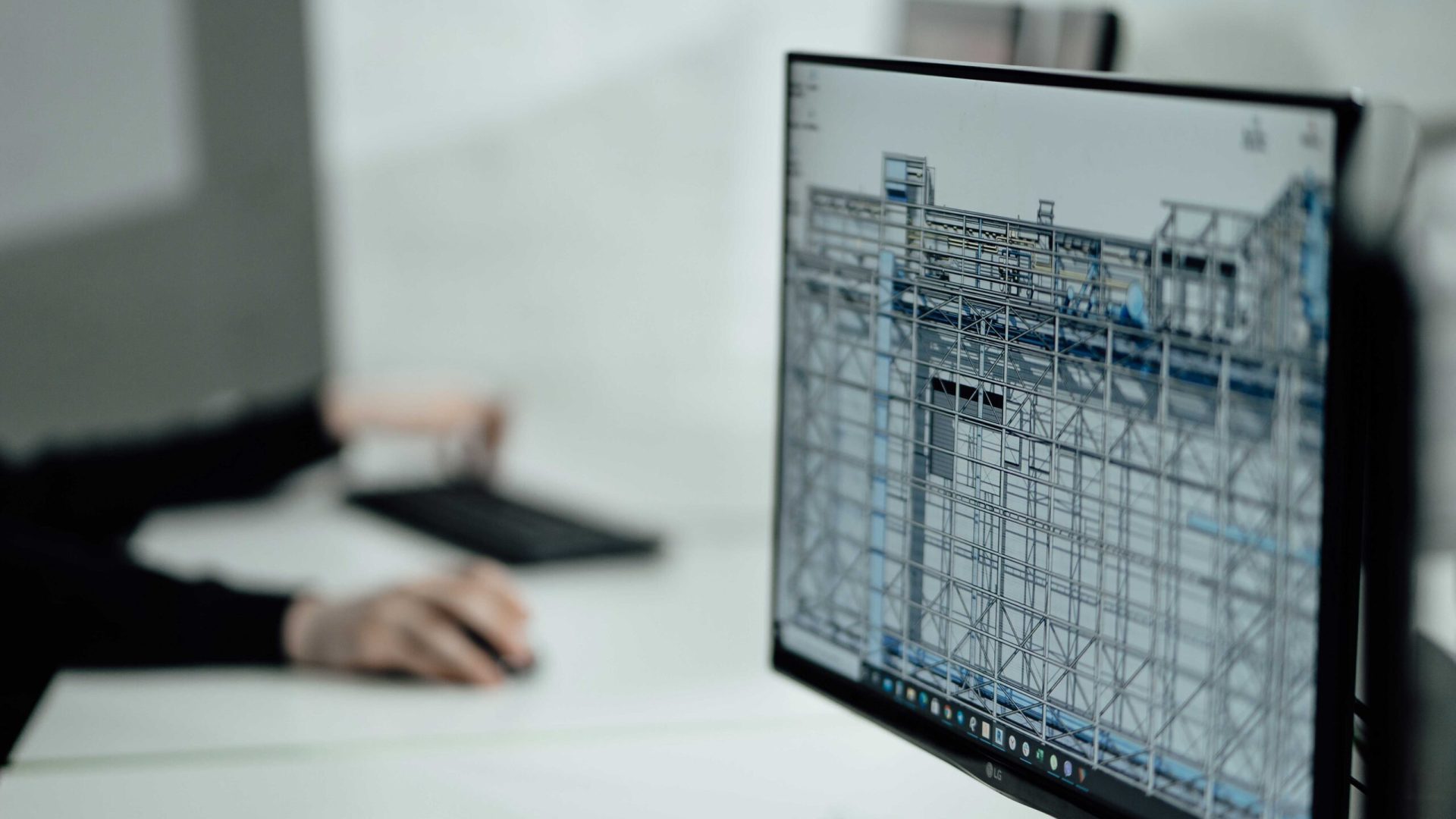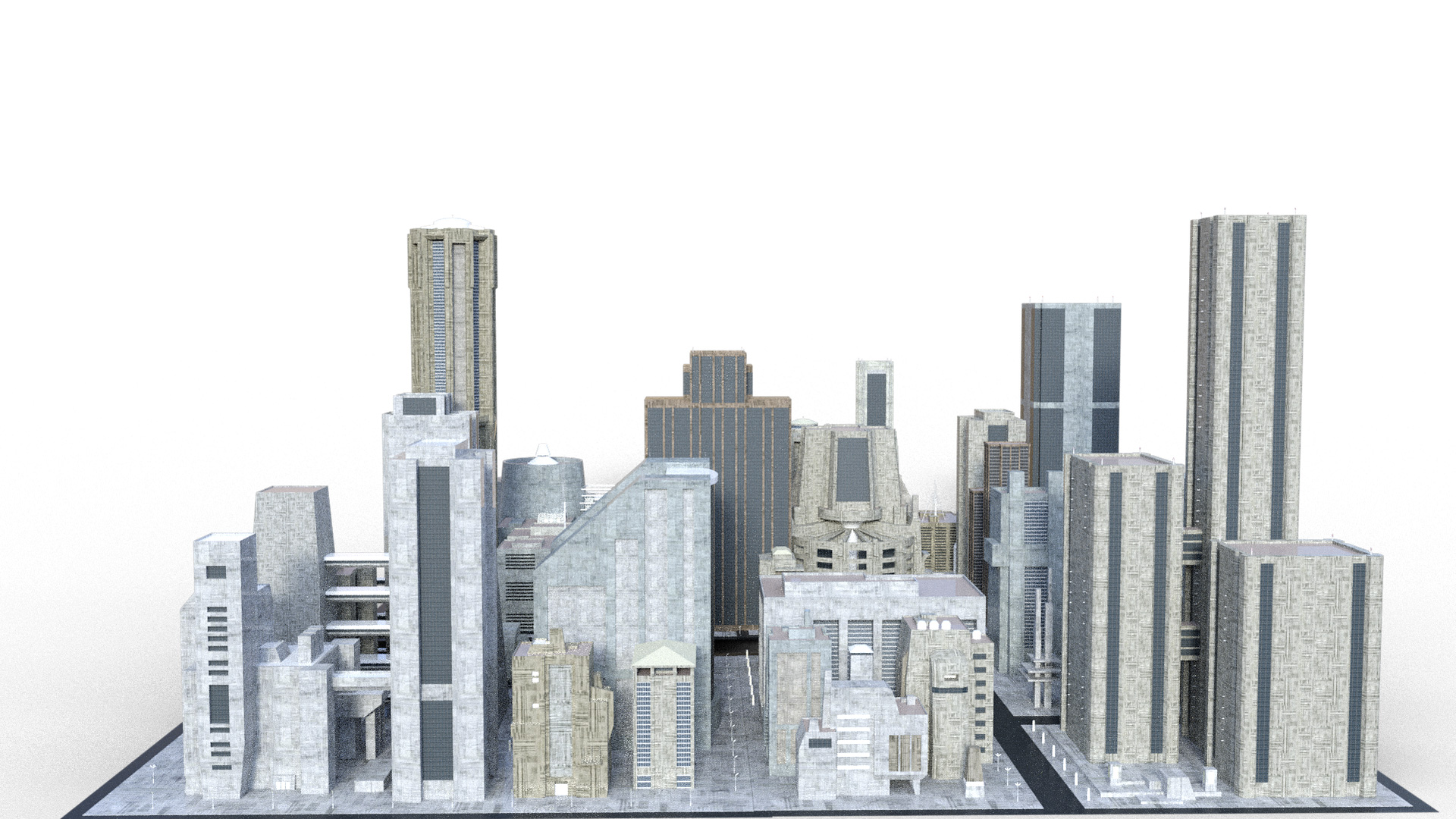
Virtual Representations in Real Time: Digital Twin Technology and its Increasing Potential in the AEC Industry
Digital Twin Technology is the next big step towards smarter urban planning. Several offices and companies are now relying on this technology to deliver timely projects that meet clients’ expectations and governmental environmental targets. But what are Digital Twins (DTs) exactly, and how do they work?
These emerging technologies are identical replicas of physical structures (buildings, infrastructure, cities, etc.) able to receive real-time data fed into their software that adjust according to the physical counterpart in the real world. Coined in 2002 by Michael Grieves, the term Digital Twins refers to a system that has been used in a broad variety of fields: aerospace, gaming, automotive engineering, the naval industry, or the healthcare system. In recent years, they took hold in the Architecture-Engineering-Construction (AEC) industry. Despite the slow technological growth, industry professionals are trying to evolve by implementing these interactive digital replicas.
This industry is trying to keep pace with the advent of the digitalization of labor and the importance of IoT, fully integrating innovations into its practices. BIM, software that can inform 3D models with data; Buildots: AIs installed in construction sites that map the space, predict errors, and plan schedules; or Smart Wearables (Smart Boots, Smart Hard Hats or Power Gloves) capable of detecting risks, are a few of the new technological applications within the AEC industry.
Digital Twins encapsulate all of the data developed by these technologies and implement them into one software that can grow and change according to its physical counterpart in the real world.

As we live in the fourth industrial revolution, digitization and interconnectivity across fields are essential. Utilizing, accessing, monitoring, and testing centralized digital data becomes more accessible through the use of Digital Twins. The key elements used by DTs are Cyber-Physical Systems: technologies with computing abilities to collect data from a built environment and implement it into Digital Twins. These devices are represented by smart surfaces, drones, aerospace engines, robot dogs, smart materials, sensors etc.
A Digital Twin is a combination of a multitude of smart devices and systems of connectivity such as IoT stream, Cloud systems, Edge and Fog Computing, AIs, Robotics, Machine Learning, and Data Analytics. These smart elements manage DTs abilities in analyzing physical structures through constant communication; the more data available the better the digital model functions. The complexity of this technological system derives from the quantity of information packed into each Digital Twin model, which includes BIM, 3D Model surfaces and meshes, 2D information, schedules, contracts, construction documentation, and operational data from Cyber-Physical Systems.

A primary reason behind these technologies’ increasing progress and implementation is the growing availability of large quantities of data about the built environment. Digital Twins are among the technologies estimated to rule the AEC business in the near future due to their innovative use of data and the economic benefits for clients and companies.
The employment of DTs has several advantages for industries and their workflow. Physical labor is reduced due to the computerization of test runs. AIs of digital twins can organize schedules all in one place, increasing productivity; flexibility and remote-working are increased, enhancing connectivity and better access to information. DTs allow the possibility to propose and test innovative strategies before encountering unexpected changes. Safety and risk assessment can be predicted through AIs, consequently leading to a reduction of costs.
Digital Twins are more than tools of design. They have become integral parts of the design process, where designers, urban planners, architects, etc., can proactively enhance the physical space by predicting its behavior before its physical construction or before unaccounted mistakes damage the physical counterpart. The design process will not only be understandable by a restricted number of professionals, but it will be an interactive experience able to show its process from beginning to end and receive collaborations from multiple parties simultaneously.
Despite the potential of this form of technology, some difficulties can occur. One challenge observed through the use of Digital Twins is the difficulty of capturing all of the data and information required for the virtual model to function at its best. A large quantity of Cyber-Physical Systems has to be in place and often maintained for an efficient analysis of the environment by the Digital Twin. Additionally, DTs come with a high cost, which means smaller industries might be unable to access them.

Several companies are now becoming leaders in the Digital Twin Technology sector, as they have seen its potential in multiple fields. For instance, the Microsoft Corporation is currently a company with the highest revenue derived from this emerging technology. The Washington-based tech giant has launched in 2018 “Azure Digital Twins,” powered by query APIs. It allows users to model environments of any type with an open modeling language which is connected to IoT devices. Microsoft has even taken a step further, announcing they will pair up with Bentley Systems to expand their data processing and allow city planners and architects to access a great set of data and mapping.
A significant example of the value in utilizing these systems can be seen with Italferr. This Italian railway company has commissioned the Bentley Digital Twin system to replace the 1,182-meter Morandi Bridge, which has once collapsed in 2018. The bridge’s design had to go along with its construction and testing since the Italian railway required the project to be built as soon as possible to relieve the train congestion of the city; staying on schedule was crucial.
A Digital Twin of the viaduct to be tested for simulations was built with Bentley’s building information modeling system. During construction, a unified, open data environment was used to promote connectivity and collaboration with all of the teams involved in the project. This provided the team with full access to real-time information. Bentley’s Digital Model helped Italferr create templates for the design, construction, and operations. Project decisions were then expedited, and with specific criteria, costs were reduced. The accuracy for such a delicate piece of engineering helped enhance the overall workflow of the project.
So, why are Digital Twins an essential tool for the future of AEC industries? It’s predicted that the market for this technology will exponentially grow, and many sectors will benefit from the connectivity and shared information Digital Twins can create. Companies will understand where it is best to install certain facilities and MEP on a building, emergency scenarios will be run more efficiently online, and urban sprawl will be predicted and evaluated. Clients are demanding more access to the process behind the design of buildings and cities, and this technology can be the solution to satisfy better all the parties involved in the planning process.

